Recently, I took a 30-hour intensive refresher training in Orton-Gillingham, a preferred method of instruction for people with dyslexia, given by the Institute of Multi-Sensory Education. The OG multi-sensory approach has a few differences. First instruction begins with the letter “C ” which says /k/, “O,” and “A”. The original OG starts with letters “A”, “B” and “F” all sounds acquired around the age of 4. Orally, “C” is a complicated letter to begin instruction because of the fact that in reading it has 2 sounds /k/, acquired around 4 years of age, and /s/, developed as late as 7 for some children. As a beginning letter, it seemed like an odd choice, but the letter was chosen because of the ease with which it is written. When forming letters “c” easily becomes “O” in fact “C’ is 2/3 of “O.” From a handwriting perspective, this change makes sense.
The multi-sensory OG approach dealt with the complicated “C” by only teaching the /k/ sound initially. Letters in theOG multisensory approach are presented based on letter formation, and developmental age of acquisition instead of just developmental age of acquisition as in the original OG program.
Another difference in this new OG training was the multi-sensory component. They use multiple techniques like arm-tapping, finger tapping, making letters in the sand, and to provide multi-modes of learning. I enjoyed this component of instruction since many children with language-based learning disabilities have difficulty learning from purely auditory modes. Adding multi-sensory learning techniques strengthens the OG program.

